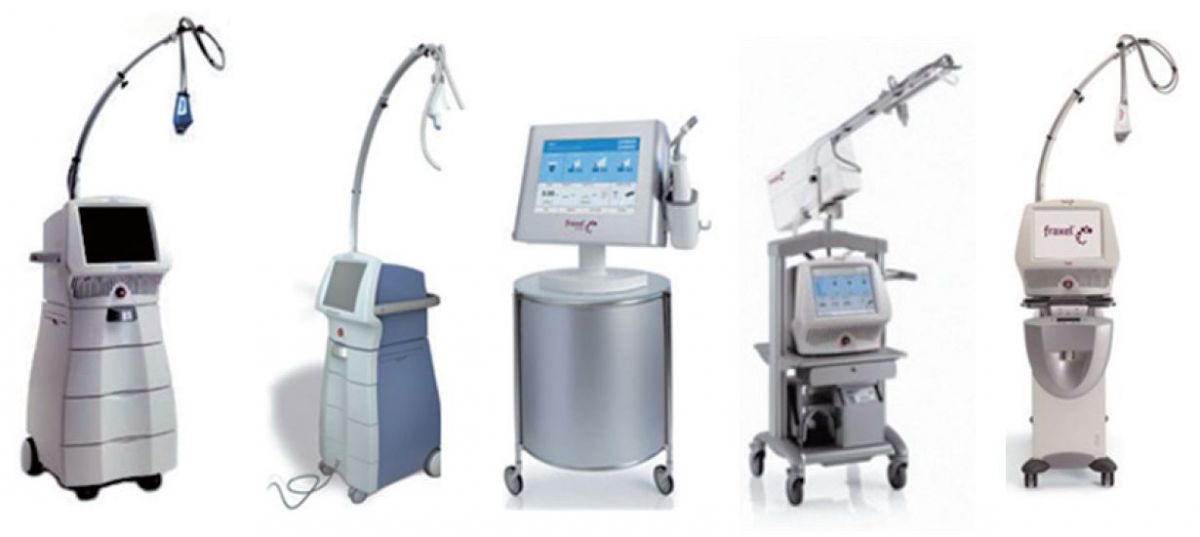
▶ Previous Artlcle: #12-2. Fractional Laser
Fractional Laser Beam Method
There are two types of fractional laser, which are non-ablative type and ablative type.
Non-ablative type fractional laser includes wavelengths of 1550, 1927, 1410, 1064, 755, 694, and 532 nm; and ablative fractional laser wavelengths of 10600, 2940, and 2790 nm.
When physicians who perform a laser treatment mentions ‘fractional laser,’ it usually refers to the laser which includes wavelengths of 10600, 2940, and 2790 nm.
Recently, due to the usefulness of fractional beams, lasers including wavelengths of 1064, 755, 694 and 532 nm, where melanin is used as a main chromophore, are widely used for melasma treatment, skin complexion improvement and pigment removal.
Picture 3 shows results of laser tissue interaction of Resurfacing Laser, Non-ablative Rejuvenation Laser, Non-ablative Fractional Laser, and Ablative Fractional Laser.
.jpg)
[Advertisement] FCR® (Fractional Prickle CoralCalcium Regentron) – Manufacturer: (www.illglobal.com)]
Fractional laser beams can be generated by Micro-Lens Array (MLA), Diffractive Optic Element (DOE), or Scanner.
The MLA type creates a multi-micro spot as the bulk beam passes through the MLA lens, which gives the beam’s central part a relatively high energy.
Because the beam waist is longer compared to the DOE type, changing the distance between the tip and the skin due to the patient’s movement during the procedure does not significantly affect the focusing, which is efficient because most the energy works inside the skin (Picture 4).
Picture 2. Various FRAXEL.
-To be continued




















